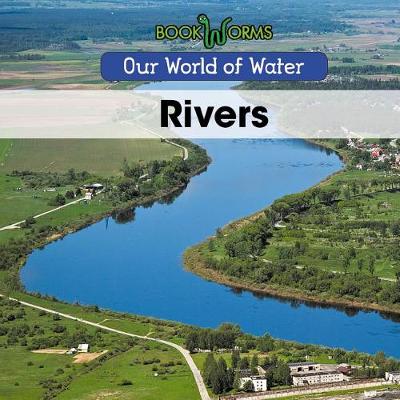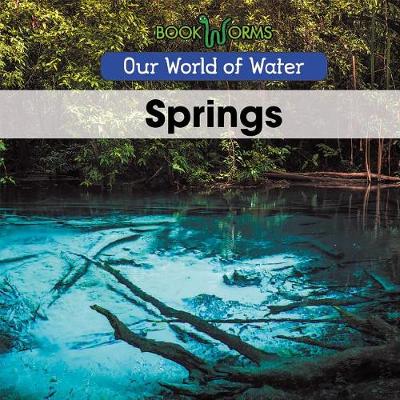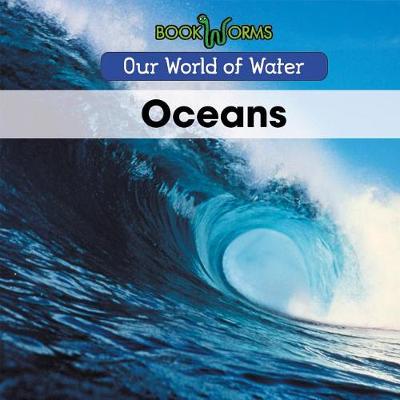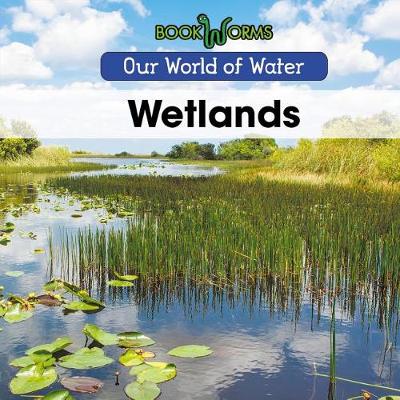Our World of Water
5 total works
Kids have likely seen a leaf drifting down a stream or a boat churning up a river. These veins of water connect the land and the sea. They bring rainwater to the ocean where it can evaporate, continuing the water cycle. This book will explain that process. It will also include features unique to rivers, such as rapids, and the different plants and animals that live in and near rivers.
It might seem impossible to kids that water can simply arise from the ground as if from nowhere. This book explores how water can collect underground in aquifers and then come out at Earth's surface. Springs are unusual and often beautiful bodies of water that play an important part in continuing the water cycle.
Kids often have a sense of awe upon viewing an ocean. It can be hard to comprehend an uninterrupted body of water that covers more than two-thirds of our planet. This book will describe the many types of animals that live in the ocean, how saltwater becomes freshwater through evaporation, and the ways people rely on the oceans today.
Marshes, swamps, and bogs can seem remote and even impenetrable to kids. Yet these ecosystems host a diverse range of plants and animals. This book explores the importance of wetlands, and why some people are concerned that they are often threatened or destroyed by human development.
Lakes can be as small as ponds or as large as Lake Superior. They collect and supply the world's freshwater, supporting much of the life on our planet directly or indirectly. Kids will learn how lakes gather water from their drainage basins and the different types of underwater life lakes support.




